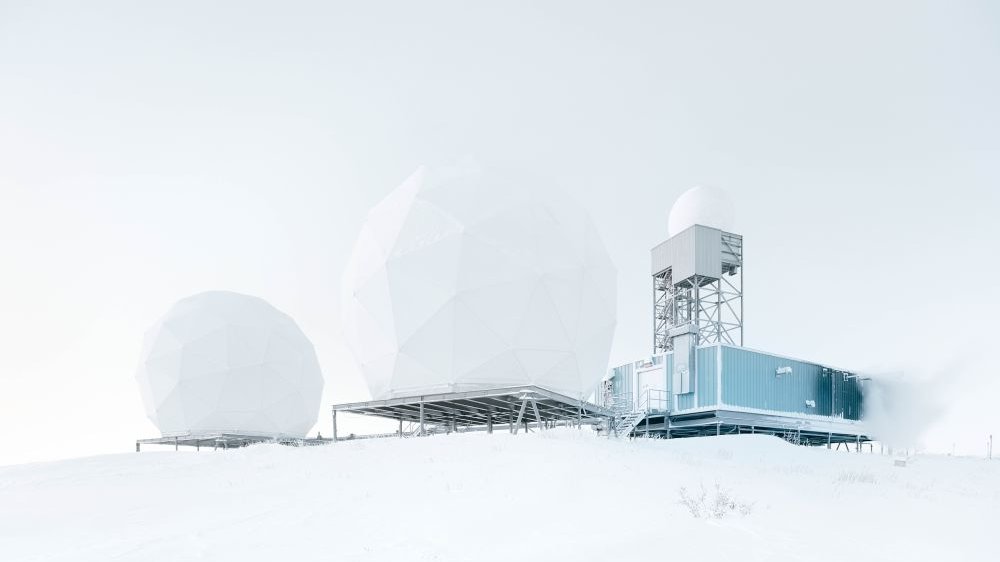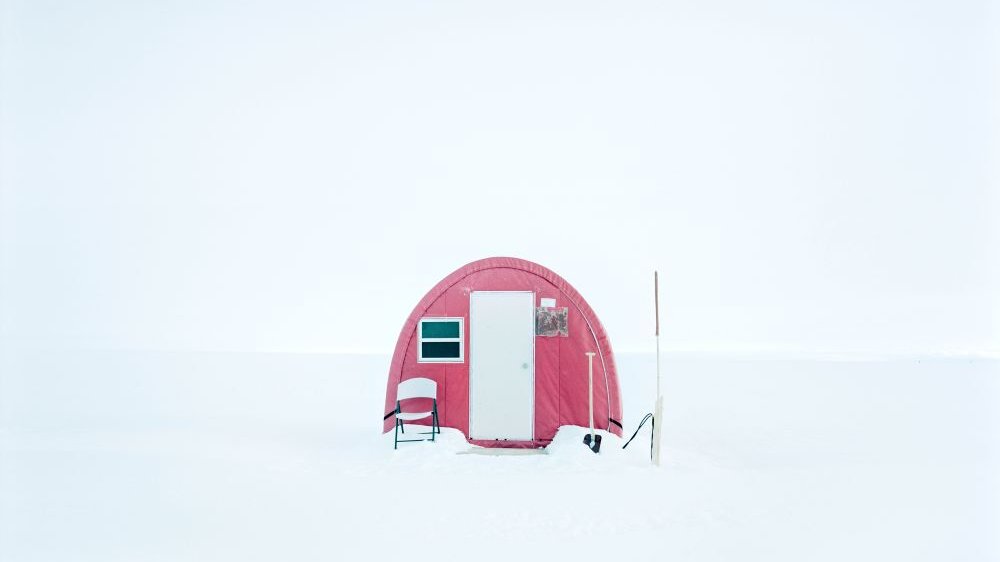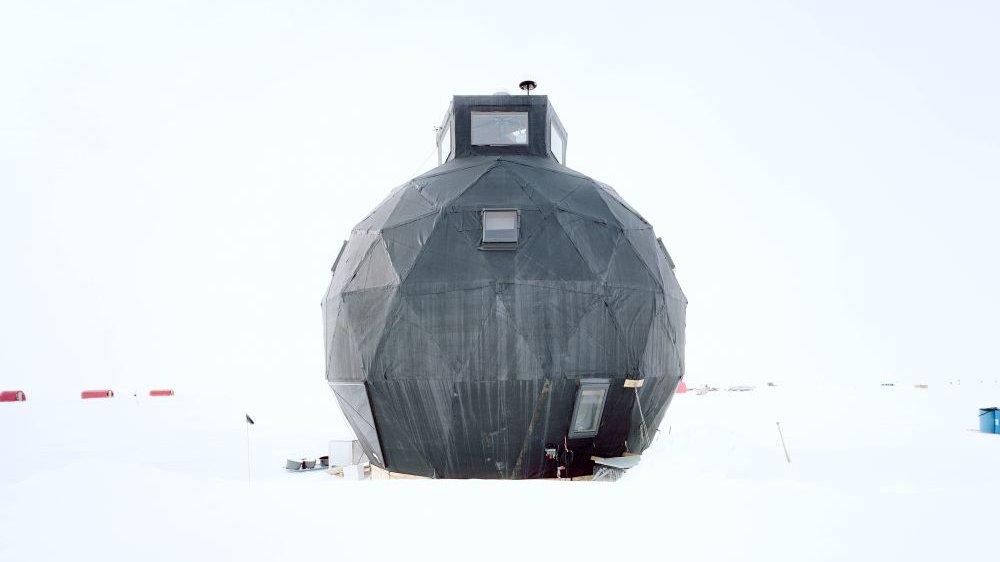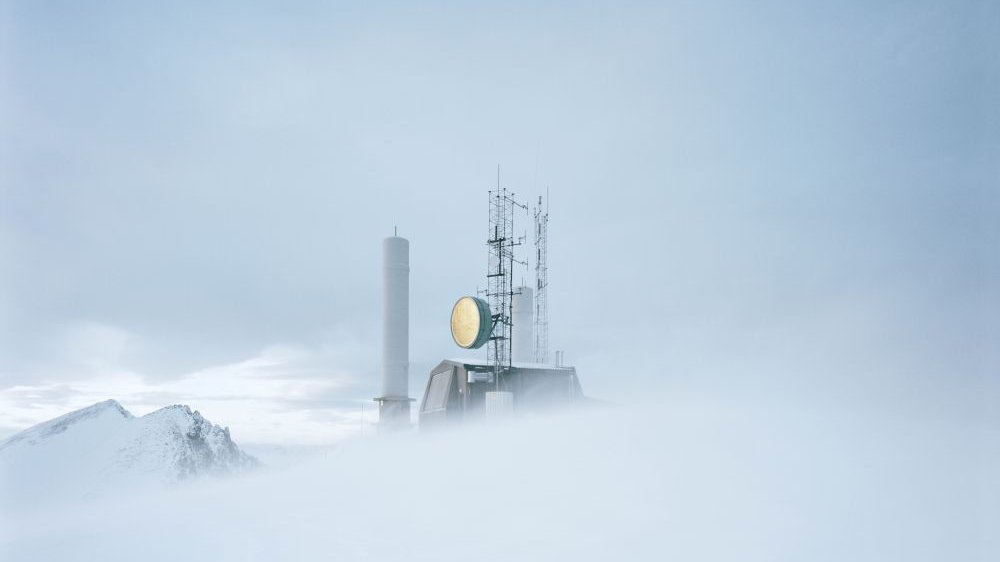An Arctic Point of View
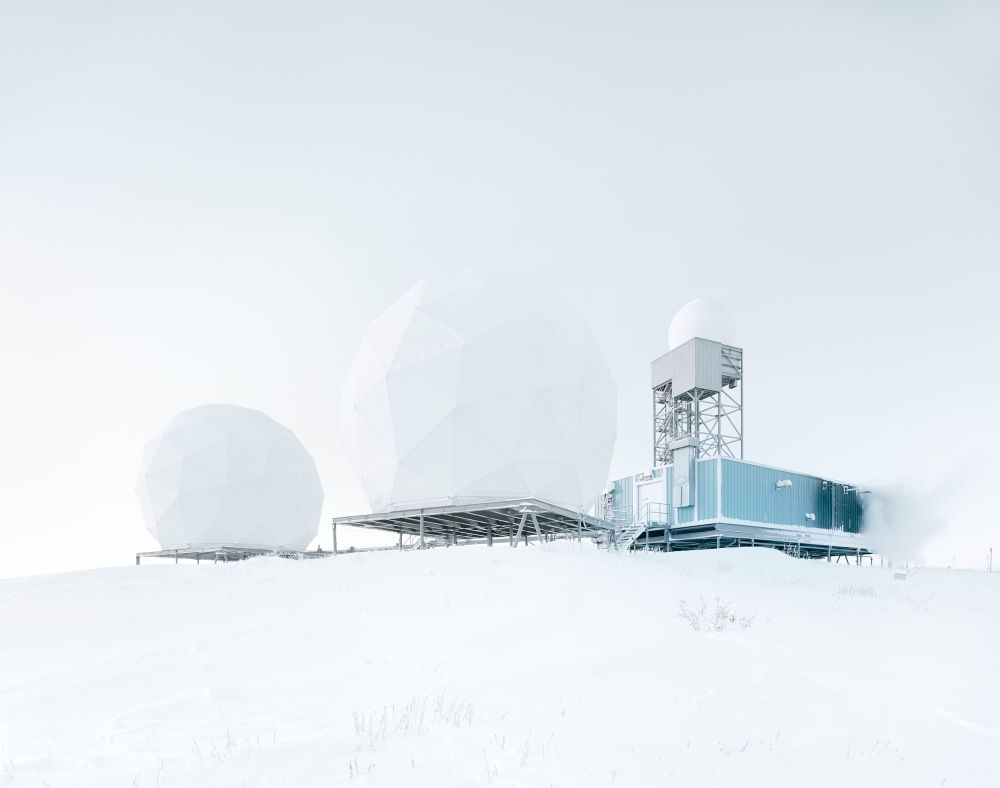
This is one of Galeria Centrala's standout displays. "It tells the story of a "war' in the Arctic that remains unseen," explains Gregorczyk. Sailer's photographs capture polar scenes across territories belonging to Norway, Canada, Greenland (part of Denmark), the UK, and Iceland. "He worked with a fully analogue large-format camera," notes the curator. "In extremely low temperatures, making photographs is highly challenging and demands enormous focus and a high level of technical, technological and organisational preparation," she adds. The images portray far more than endless expanses of snow and ice. Scattered across the white stillness of the Arctic are signs of human presence: strategic buildings, fenced-in military bases, expanding ports, research facilities, and radar stations. "I expect viewers to pick up on the idea that there is more than meets the eye to the landscape's calm, and that beneath its apparent plainness is an undercurrent of tension, even anticipation," says Gregorczyk. "Even those unfamiliar with the project's background may sense the uneasiness that lingers in these gentle, impersonal, yet enigmatic images."
At its core, Sailer's project explores the hidden "war" slowly unfolding across the Arctic. Strikingly, the Arctic itself doesn't even appear on standard Google maps. The region is claimed by Russia, Canada, Norway, Sweden, Finland, the USA, Denmark and Iceland, though the precise ownership of ice sheets and waters remains disputed. As the curator notes, many people misunderstand the geography, failing to comprehend the real distances between countries, and the areas and borders they share. Meanwhile, the titular "Polar Silk Road" emerges as a new maritime passage linking East Asia and Europe, potentially a third shorter than the Suez Canal route. Such an Arctic trade corridor naturally carries weight for the US, Canada and Russia too. "The route stands as a metaphor for the vast changes that lie ahead. Many nations are waiting for the ice sheet to melt, which is a cruel paradox: while we strive to combat climate change and global warming, the very states most responsible for those phenomena have a vested interest in establishing transport channels and exploiting the Arctic's rich mineral reserves," adds Gregorczyk.
Sailer's project makes clear that by examining Arctic territories, one catches glimpses of the future and sees global tensions from a fresh perspective. "Through this exhibition, we aim to make a complex and fascinating geopolitical story accessible," emphasises Gregorczyk. On 3 October at 5.15pm, the evening before the vernissage, a debate titled The Polar Silk Road - the Arctic Conflict will take place in the Adam Mickiewicz University Auditorium. Joining the discussion will be Gregor Sailer himself, with moderation by Dr. Krzysztof Pijarski, an accomplished visual artist, art historian, and researcher (the debate will be held in English - editor's note). Inside the exhibition, visitors will encounter Sailer's large-format photographs, paired with captions that elaborate on the themes explored. As Anka Gregorczyk reflects, "The Arctic no longer appears as a "boundless white expanse' with a romantic aura of absolute emptiness, but as a repository of political interventions, technological innovations, and economic colonisation schemes."
Agnieszka Nawrocka
translation: Krzysztof Kotkowski
The Polar Silk Road. Observation of the Hidden by Gregor Sailer
Galeria Centrala
Vernissage: 4 October, 6pm, open until 30 November
© Wydawnictwo Miejskie Posnania 2025
See more

From One Celebration to Another

Christmas Markets and Fairs with Attractions

Truly Festive Vibes

